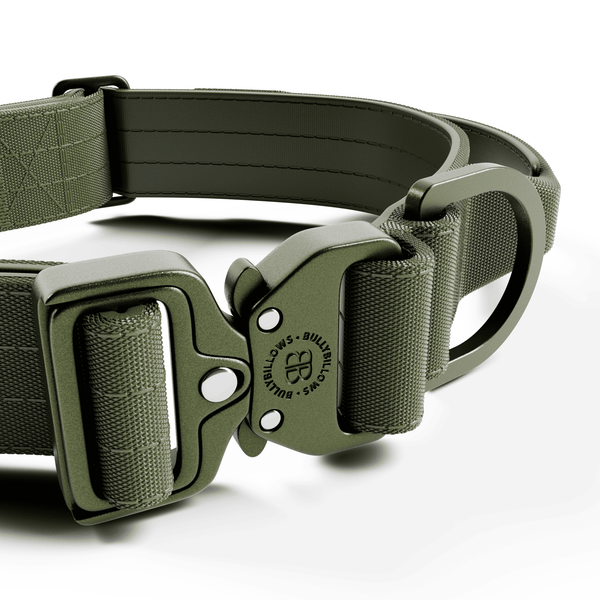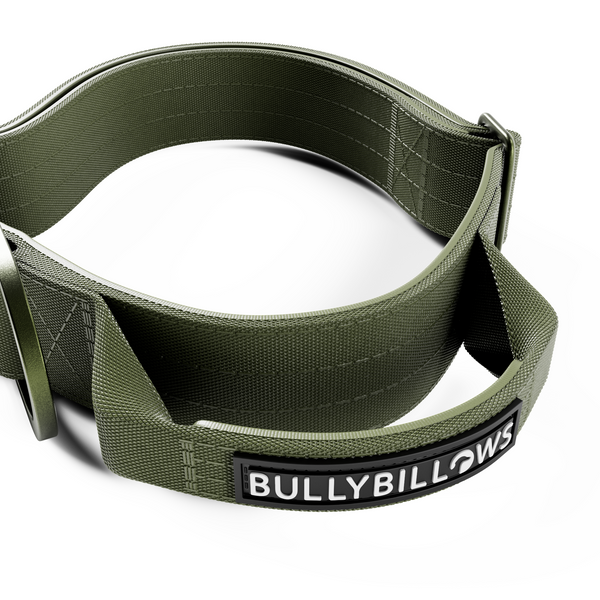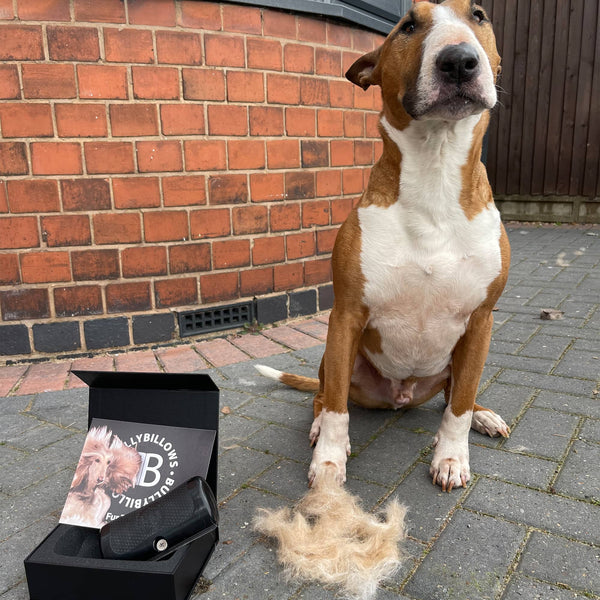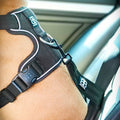Excessive hair loss in dogs can be an alarming problem for many dog parents.
Your dog unfortunately can begin to shed excessive hair for several reasons ranging from stress to medical disorders such as thyroid or severe allergies.
Excessive hair loss in dogs can be troublesome for both the dog and the owners. The situation not only irritates the dog but also carries the worry of spreading the disease to the human members of the family.
Shedding is a natural cycle in every pet’s life which is a simple process of growing new hair by replacing the older ones. The speed that they lose often depends on the breed and on the temperature that your dog lives in. Usually, long-haired dogs lose quite a lot of hair on a regular basis whereas short hair dogs tend to lose less and it is not as noticeable.
Here are the most common causes of dog’s hair loss:
Allergies
Several things can cause an allergic reaction in your dog including certain foods, metals, wool, plastic or rubber. The presence of chemicals in the carpets such as deodorizer, dye, washing powder can also be the reasons. Even some dogs suffer an allergic reaction from medications like antibiotics. You will need to think if you have changed anything recently to find out the allergic cause of hair loss. Eliminate the irritant or allergen so that your dog’s hair starts growing back.
Dog allergies not only affect dogs but also their owners and other pets at home. However, prompt and accurate diagnosis can help prevent complications and decrease the possibility of hair loss, excessive itching and other skin infections.
Parasites
Parasites can also be the cause of excessive hair loss in dogs. Your pet can develop allergies to fleas which cause excessive itching in addition to the itching caused by the fleas. This further leads to red sores that causes the dog to bite and scratch the sore incessantly causing hair loss.
If this is the case with your pet, you can adopt a flea control method for the safety of the dog and the surroundings. It’s easy to identify the fleas. Simply, run your hands through the dog’s coast exposing his skin. If it's fleas, you will be able to see them running on your dog. If you cannot see fleas, it might be flea dirt that shows up as black specks on the skin. You can treat your dog with fleas drop and a good flea collar and also get medication to not only kill the fleas but also their eggs.
Stress
Stress has a major role in your dog’s hair loss. Find out if there has been any major change in the home which may have caused your dog to be worried. Observing what is happening to your dog physically will enable you to tell if your dog is stressed. This may include glazy eyes, excessive licking, unable to focus on commands and showing no interest in any physical activities. In pregnancy or nursing, it is common for your dog to experience some hair loss. This is a normal procedure and will pass once the things go back to normal.
A change in the hormone level also leads to hair loss. It normally happens in pregnancy and nursing that causes the coat to shed heavily. Take your dog to the vet the first time you notice the hair loss, if you leave it too long then the hair may never grow back. The quicker you take your dog to the vet, the quicker the problem can be dealt with.
Ringworm
Dogs’ ringworm is contagious and appears as an itchy lesion on the spot of hair loss. Usually, it is red, scaly and has a raised appearance. Dogs get ringworms with weak immune systems. On finding your dog with ringworm, wash all of his bedding and clean his living area. Also, check for any of the symptoms above and treat him immediately to avoid further dog hair loss.
Cushing's disease
This is most common in older dogs and the problem is that many pet owners mistake it as signs of ageing. Such a condition makes the dog lose their hair, gain more weight and urinate in the home. The common cause is a tumour or prolonged use of steroids that might be taken to avoid another disorder. Whatever be the case, it is a wholly treatable condition, speaking to the vet can point you towards a cure.
If your dog shows signs of excessive hair loss combined with brittle or flaky skin, visit a veterinarian to get several tests in order to find out the real cause. Once diagnosed and depending on the reason, several types of treatment may be prescribed to prevent additional hair loss. Grooming and brushing your pet regularly will also help you know the seriousness of hair loss. If you notice a vast increase in hair loss when grooming, seek professional help immediately.
Choosing the best collar for your dog!
Dog owners take great care in choosing the right food, the right treats and the right toys for the dogs. However, when it comes to dog collars, they tend to place the most focus on appearance.
In addition to seeking professional help to treat hair loss, using the right dog collar is an important aspect to ensure the safety and comfort of the dog. Before buying a dog collar, you need to decide the purpose of the collar you are looking for. Some dog collars are decorative with not so strong and durable while there are others with high-quality leather that last for years. Such collars are not meant for pups that are still growing. Make sure the type of collar you use does not cause skin irritation or any discomfort to the dog. If you observe hair loss around the neck or any irritation signs, immediately take off the collar and visit your vet.
To get necessary dog care supplies, personalized dog accessories, dog collars, leashes and more, visit our online store here - you will get the best dog products at the best prices. Shop now.































































